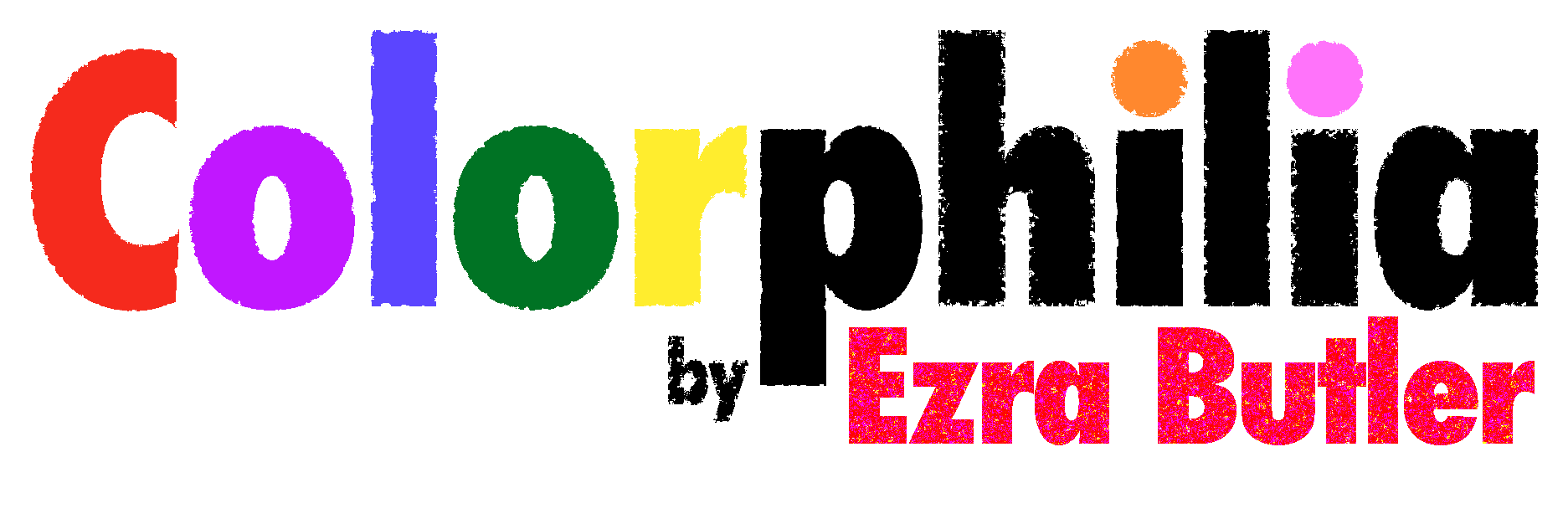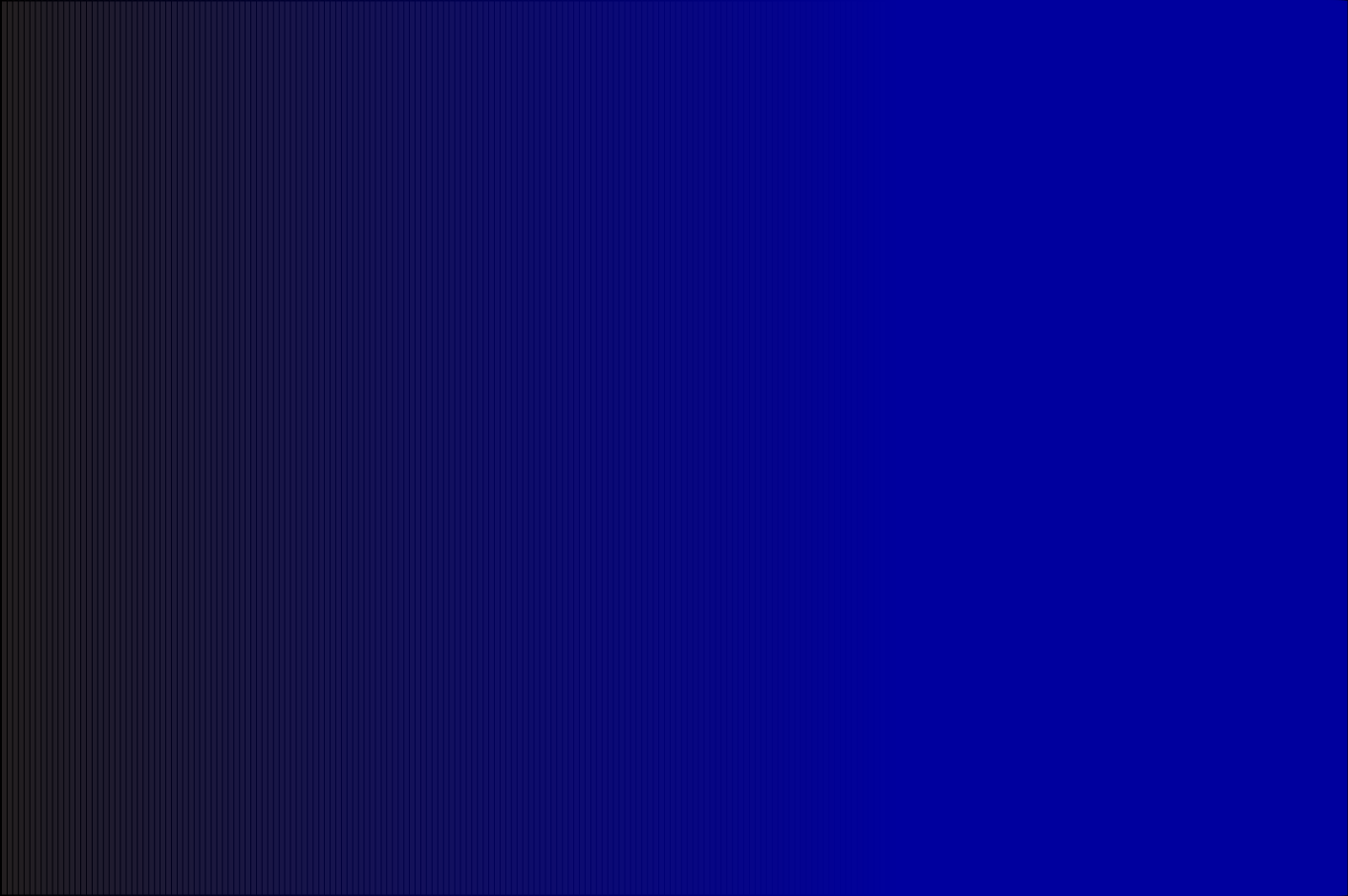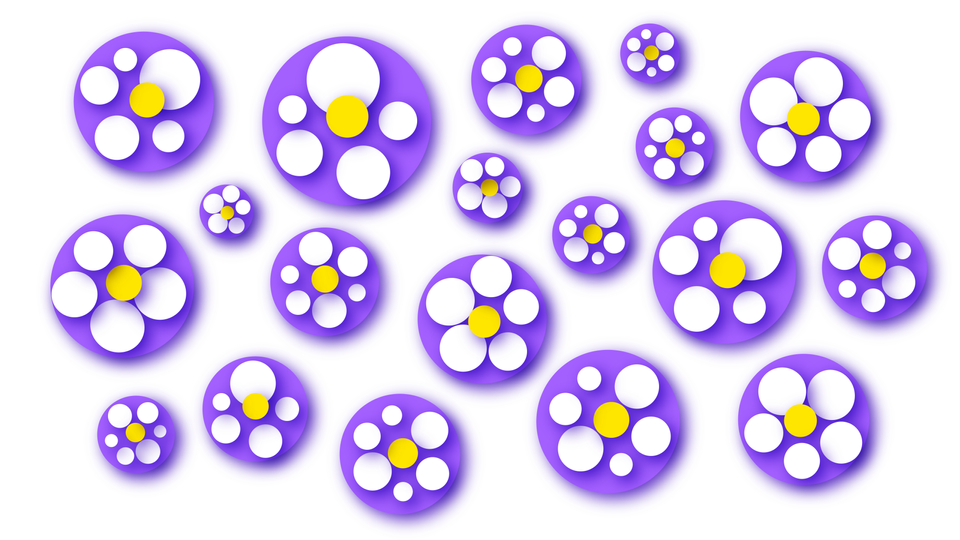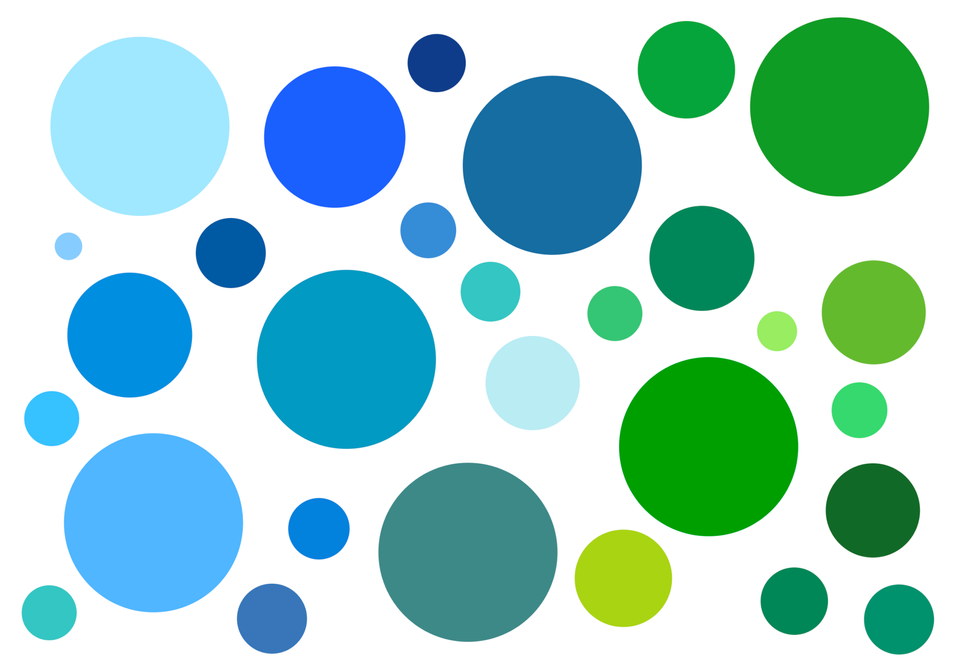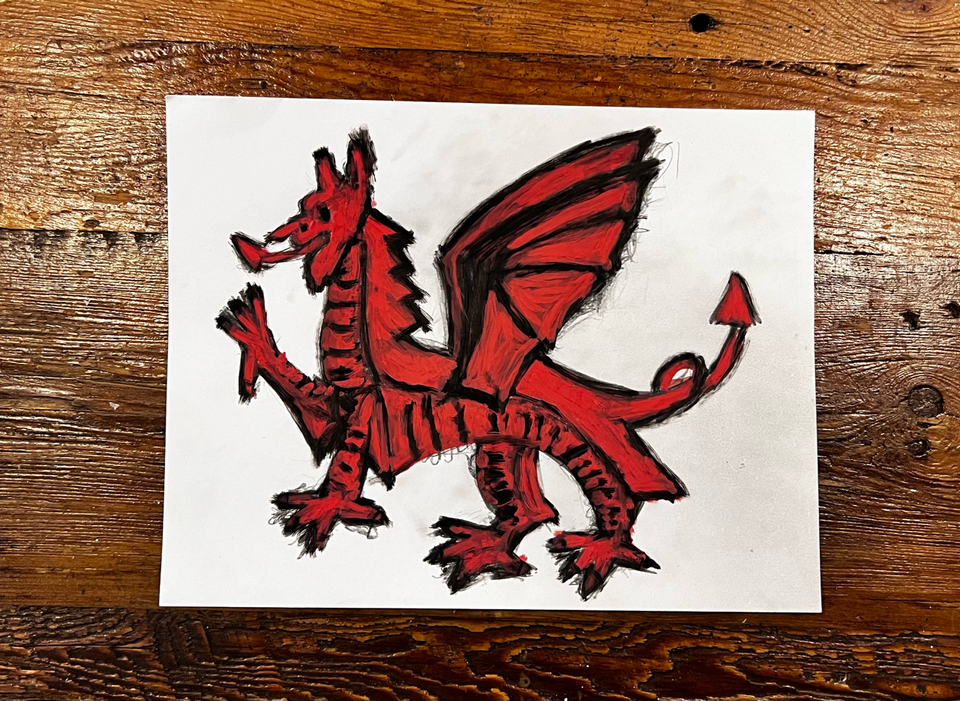Why is teal considered a shade of blue?
The color "teal" comes from the "teal" species of ducks.
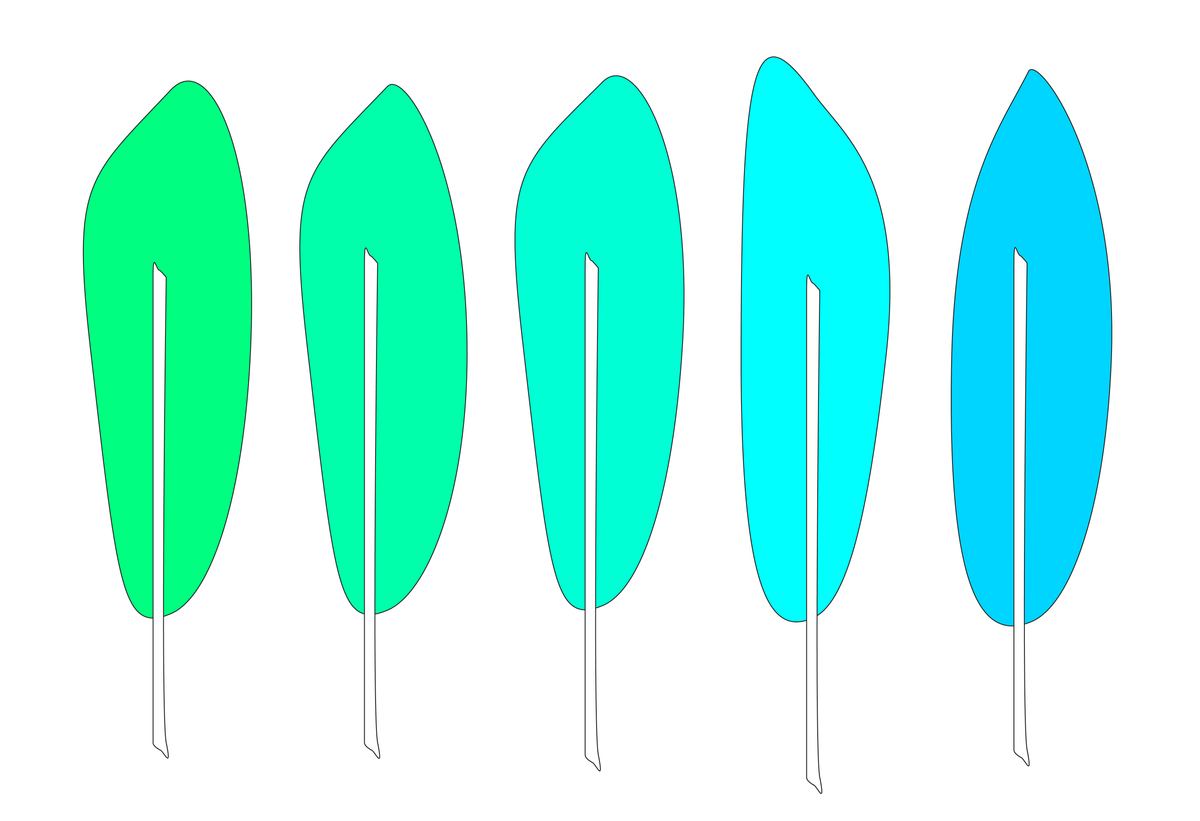
Did you know that there is a species of ducks called "teals"? Full confession: I didn't.
I had no idea whatsoever that the color "teal" was based on the species of water-fowl with the same name. I first thought it was just me, but it turns out that everyone I mentioned this fact to was equally unaware.
Learning this fact did not automatically explain how teal became a color, and a shade of blue at that. That is a bit more complex.
My research in the color led me from Revlon in the early 1970s, to the first French fairy tales in 1697, to the 18th century royal gluten-advocate Marie Antoinette, to 19th century realist French stories.
Unique Color Words
Why did we need the color "teal" when we already had the color "turquoise"?
Over the past year, I have tried to stick to a theory of functional usage of color, meaning: there is a reason why a color word being used. We don't need two words for the same shade.
This isn’t to say that there there weren’t similar shades around various colors, but it was usually driven by a unique pigment or dye (whether natural or synthetic). The words “crimson”, “scarlet”, and even magenta each have their own origin stories.
Turquoise is the color of a valuable stone, and teal is the color of a species of ducks. It was clear to me why people would want to compare things to a precious stone, but naming a color after a duck sounded like a Monty Python skit.
Let them wear feathers!
And then it hit me like a tonne of red bricks at 3AM: some of the first enviromental laws were regarding the hunting of migratory birds, because, since Marie Antoinnette (and probably before) people wore feathers in their hair, in clothing, and on hats. Marie Antoinette wore egret and ostrich feathers, imported from Africa.
As PS Mag quotes:
A single 1892 order of feathers by a London dealer … included 6,000 bird of paradise, 40,000 hummingbird and 360,000 various East Indian bird feathers. In 1902 an auction in London sold 1,608 30 ounce packages of heron … plumes. Each ounce of plume required the use of four herons, therefore each package used the plumes of 120 herons, for a grand total of 192,960 herons killed.
Blame to go around
Virginia Woolf went for the jugular, pointing out that—even though the image shows a woman swooping down to kill a bird—it was largely men who did the dirty work of murder and they were also the ones profiting from the industry.
On July 31, 1898, the New York Times included a more sexist reference to The Saturday Review:
Murderous Millinery.
A woman in Paris or London may discover that the tail of a bird "sets her off." She walks forth, and lo! tails are the rage, and millions of birds have been slaughtered for the mere gratification of tender-hearted woman.It is not an exaggeration to say that in whatever part of the world beautiful birds are found there will be found also the agents of the draper and the milliner. The part they play is that of supplying the demand. Woman wants. The striking expression "murderous millinery" is current in speeches and writing on the subject.
"Feather-headed women," as indeed they are in more ways than one, is a term which might be used more frequently than it is with much advantage. Surely they invite some such public stigma by exhibiting themselves as they do in the relics of murdered innocence.
A random thought about feathers
I've long been confused by the color "canary yellow", but it was this realization about the feather industry which means that feathers were accoutrements like flowers or stones, and were thus more approachable. It would be more likely to see someone wearing a canary feather in a fascinator than necessarily being familiar with the actual bird.
The Evolution of the Teal-Duck Color
With that in mind, teal's shift from being the color of a teal-duck feather to being a color on its own makes complete sense.
It connects with a larger issue as well: the teal-duck is not a single color, not even are its highlight colors the same. Similar to every other color shade, there are numerous shades which we could theoretically describe as teal.
Teal Duck-Rabbit Hole
This duck led me down quite a rabbit hole. I first wanted to figure out when it started to be used as a color word. And the OED had given a date in the 1970s, and I wanted to find the start. I discovered some Revlon advertisements around 1970 with the color. And decade by decade, magazine by magazine, I began to discovered earlier and earlier sources.
Around 1938 or 1939, it was a quite popular color!
I kept finding random sources, but there didn’t seem to be any organizing principle behind it. And then I realized that the usage of “sarcelle” (the French name for the same bird) was used as a color word in French, which transferred to English around 1917.
French Literary Birds
In 1891, a story called “Le Sarcelle Bleue” (The Blue Teal-Duck) was published by the author René Bazin. On its own, it is a little story about budding young love, replete with a jealous uncle who was besotted with his niece, whose father happened to be an “naturalist” or an ornithologist who stuffs birds. The book is filled with color, mention of various birds, and hunting unique prey.
It references an earlier story by Alphonse Daudet from his book Les contes des lundi or Monday Stories called “Les emotions d’un perdreau rouge” or “the emotions of a red partridge”. It seems to be a collection of sad stories, beginning with the final French lesson taught in a school in Alsace. This is a first-hand account of a red partridge who is one of the sole survivors of a hunt. “Do you know anything sadder than a dead bird? Wings are so alive!”
Blue + Green = Teal?
I originally had a reading that Bazin took the metaphoric blue (as sadness) and green (as jealousy) and found the teal-duck who was a combination of the two. This plays to the modern perception of the teal-color as a mixture of blue and green.
Early in the story, 17 year old Thérèse says to her uncle, (rough translation) “I’d love to marry someone who is sad, so I can comfort them.” The uncle’s sadness becomes part of the storyline, in his depression due to Thérèse being courted by a much more age-appropriate suitor. But his sadness is tinged with jealousy.
But I'm nearly certain that this reading is wrong.
Folks, Fairies, and Tales
The start of French folk and fairy tales were often associated with colors. Take Charles Perrault’s 1697 inclusion of “Le Petit Chaperon Rouge”, known in English as “Little Red Riding Hood”, in his second collection of tales. This version ends differently than the German and English versions. Here the little girl ends up eaten by the wolf, with a moral at the end, that all wolves are bad and eat you. Similarly, Daudet’s red partridge also portrays man as evil, violent, and uncaring.
The generally accepted first book of French fairy tales Les Contes des Fées (The Fairy Tales) published by Madame Marie-Catherine d’Aulnoy in 1697, began with a story called "L’Oiseau bleu", or "The Blue Bird", featuring a princess, the prince who was transformed into a blue bird, and a jealous step-sister.
Color Spectrum of Teal-Ducks
While it seems a bit farfetched to assume that there is any connection between the story and creation of the color, it should be mentioned that the “sarcelle” (teal duck) had long been associated with many different colors, depending on location of origin. It wasn’t usually connected with the color blue, in fact, I couldn’t actually find a source that had connected it to blue.
The teal-duck species has a whole melange of colors, and even in each teal-duck itself, there are multiple colors at play. In fact, before Bazin’s story, the teal would have been described in many colors besides blue. The Mexican teal was actually described as the “de lune”, because it was as beautiful as the claire de lune (or the moonlight).
In English, in the 1814 adapted version Werner’s Nomenclature of Colors by P. Syme, the “beauty spot" of the wing of the “teal drake” is considered to be emerald green. The “blue-winged teal” is also a descriptor used.
New colors tended to be enviable, or symbols for enviable objects.
The blue teal-color would be no different. In the story, the blue teal-duck was fêted in the story as rare and valuable. It was the only bird that Thérèse's father did not have stuffed, and that her beau murdered in order to prove his worth to her father. It portrayed the impossible trophy.
Wearing a blue teal-feather would be a status symbol, because similar to Marie Antoinette's ostrich feathers, it would need to be imported from either North Africa or the New World. The common teal-duck indigenous to most of Europe had green coloring, not blue coloring.
Bazin's Blue Teal-Duck
It’s the conflation of these two facts - that blue was not largely connected to the teal before the publication of this story, and that it was created to be a rare, beautiful, even mythic creature, by Bazin.
Bazin's blue teal-duck did not exist, because Bazin likely would have never seen a blue-winged teal. He likely, in fact, thought the blue teal-duck was wholly blue-colored, because he would have likely only seen solitary feathers for sale or in the hats of the wealthy aristocrats.
In fact, every time the blue teal-duck is referenced in the book, it only refers to the color (even including an azure description) without talking about any of the other more common colors on the bird. He uses the term "manteau", or mantle of the bird, which would have referred to a larger portion, not just the beauty spot Werner would have written about.

He certainly wasn't talking about the common Eurasian teal, with the green stripe on its head. Because those feathers would have been more common, obtainable, and therefore less rare.
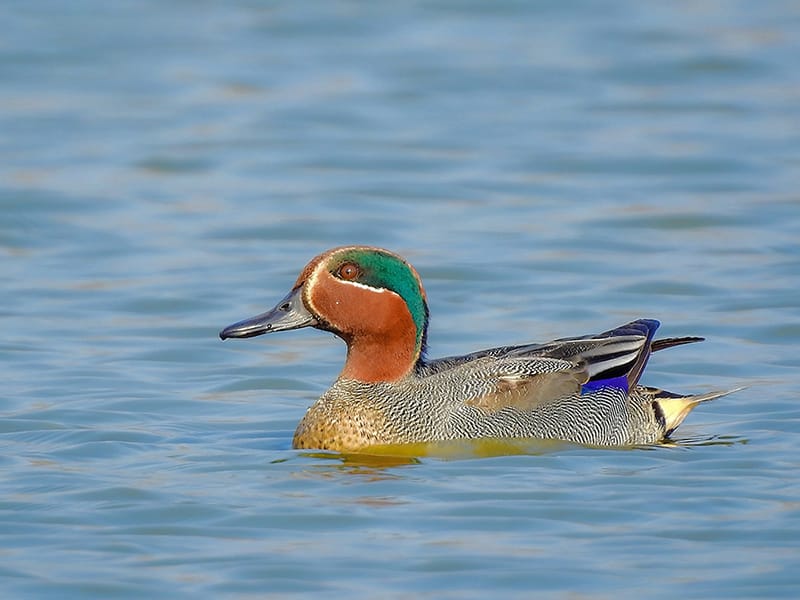
Mythical Realism
There is a good reason why Bazin's blue teal-duck was a product of his imagination.
There is a line that can be drawn from D’Aulnoy’s creation of the magical fantasy of fairy tales to the mythic hyperrealism the French 19th century story. Bazin’s story can be taken to be in the spirit of the realism of Gustave Flaubert or his protégé Guy de Maupassant, who died a little more than a year after Bazin’s story was published.
In a similar way to how I had previously referenced the recurring phrase in late 19th century and early 20th century dream storytelling, and how the characters themselves were conscious of fairytales, and wanted to position themselves as the protagonists of their own dream story, it feels like Bazin took realism took an extreme.
Put differently, it is almost as if Bazin asked “how can I write a modern day, realistic, somewhat literal, adaptation of ‘The Blue Bird’?” and settled on writing a story about a courtship of the daughter of an ornithologist / naturalist who taxidermies birds. It is no less steeped in metaphor than the original.
He knew that a blue teal-duck existed, far off in Tunisia or America, but it didn't matter. But it is in this world of realism that this wholly blue mythic creature exists. And much like the colors of the mythical phoenix, the blue teal-color becomes a desirous reality.
From tinting feathers to dyeing fabrics
Before the blue teal-color ended up as a dye for fabric, it was likely first the goal of tinting green teal-duck feathers to counterfeit or mimic the rare blue-teal feathers.
Subsequently, it is likely that the dye (which was similar to both turquoise color and the blue teal-duck color) became more widespread, and with the decline of the feather industry, it shifted to be a symbolic color about rarity.
Bottom Line
And that is why we consider teal to be more a shade of blue than of green, because it was inspired by the rare blue-winged teal-duck, not the common green-winged teal-duck. That said, once the connection was made, people would begin to create their own shades of teal, inspired by the various colors featured on the plumage of members of the teal family.
